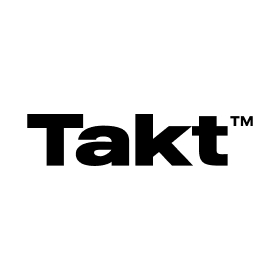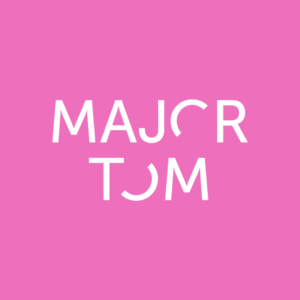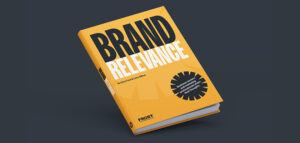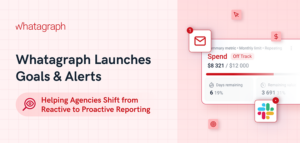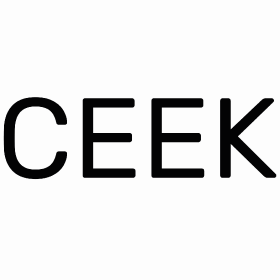Kriu
As your agency grows, managing teams shouldn't slow you down. Easily assign people to projects, track workloads and keep every service profitable without messy spreadsheets or manual processes. Work smarter, scale faster.
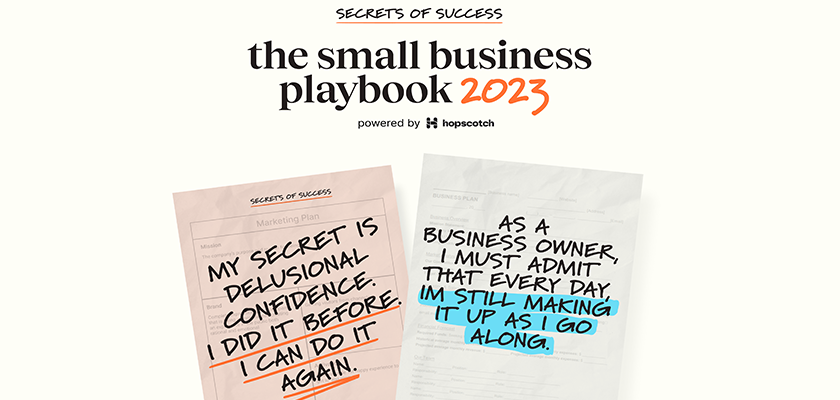
Hopscotch Releases the Secrets of Success: Small Business Playbook
20% of small businesses will fail in their first year. Another 30% will fail in their second year. Why do some survive, while others fizzle? To find out, Hopscotch went straight to the source. Hopscotch asked 150+ small teams to …

Hallam’s New eGuide is Helping Businesses Join ‘The Digital-Ready Culture’
Through deep research and a range of in-house interviews with their experts, the multi-award-winning strategic agency Hallam has pulled together a new eGuide, ‘The Digital-Ready Culture’. The way businesses operate has changed a great deal over the last 12 months. …




